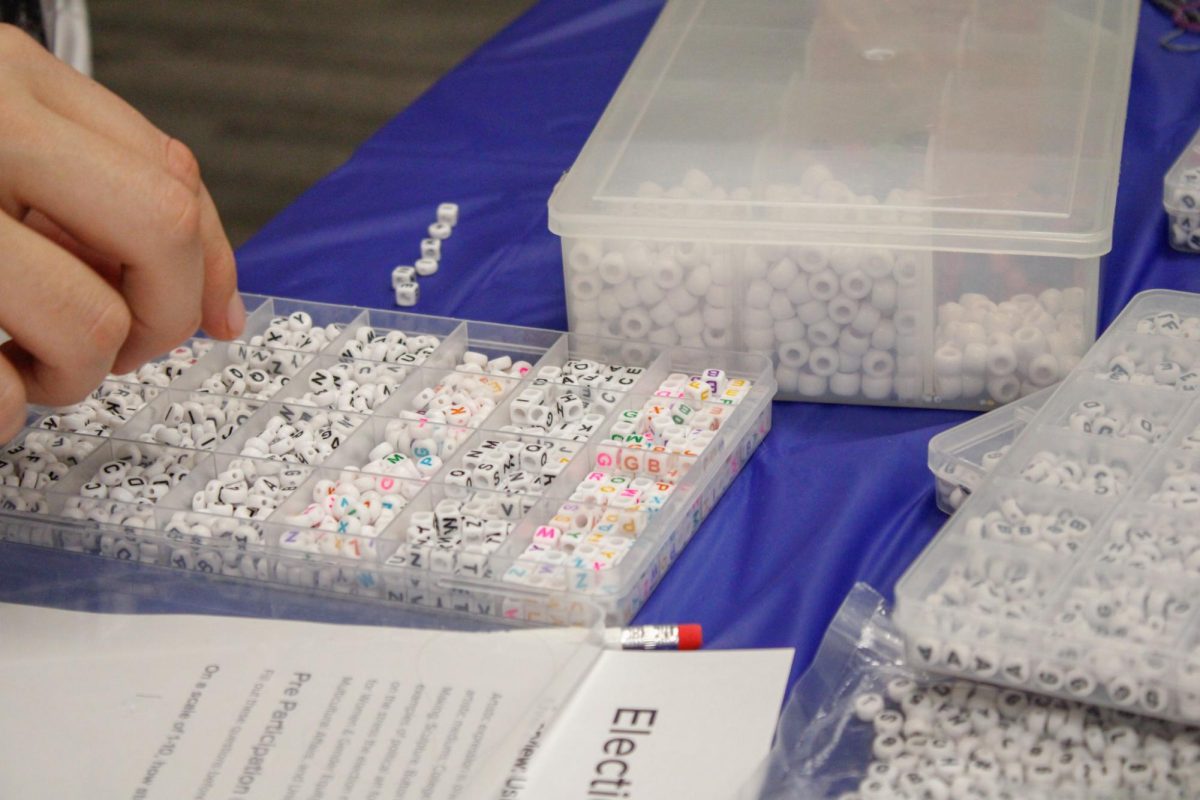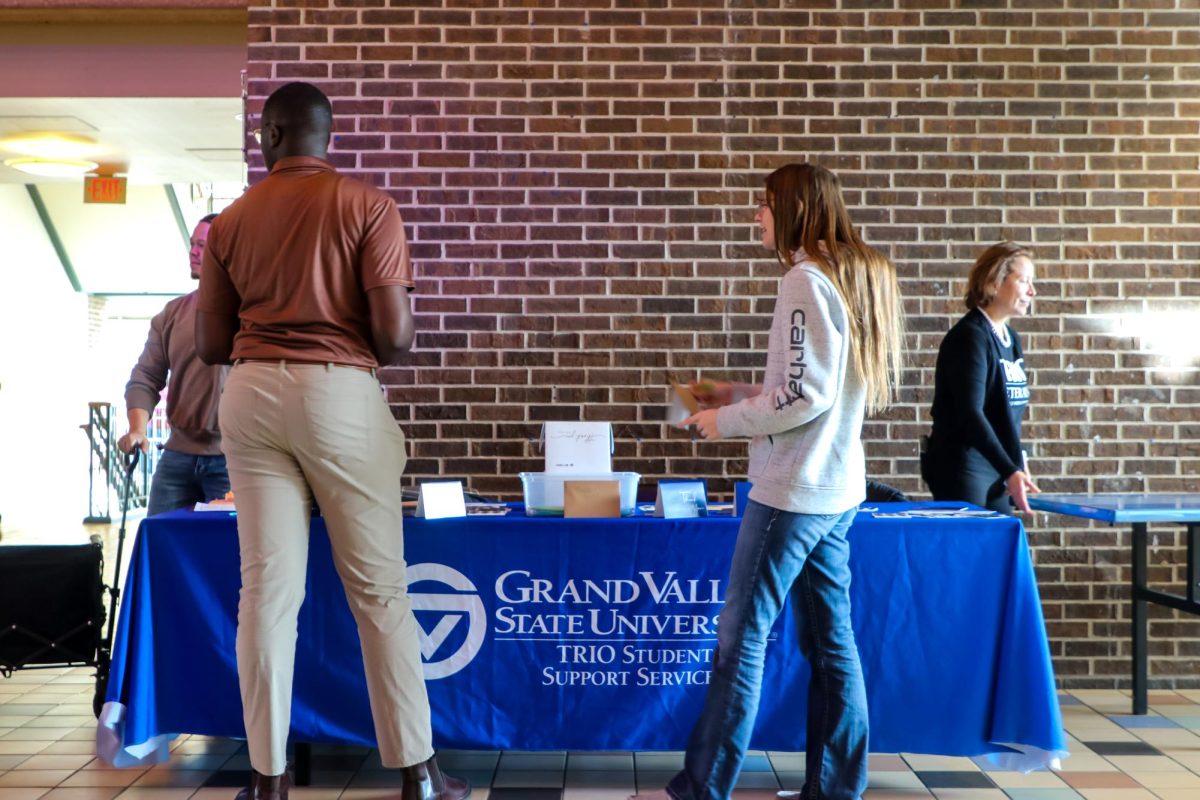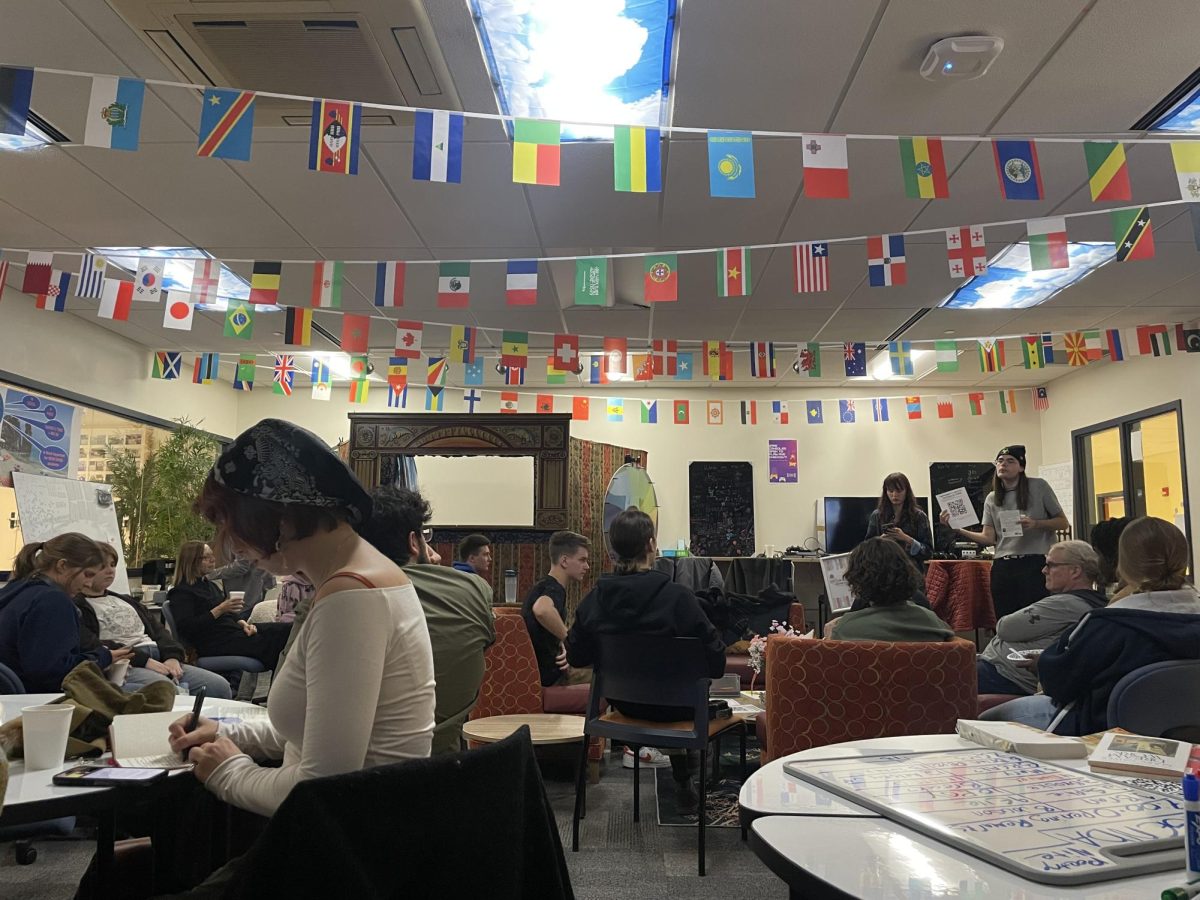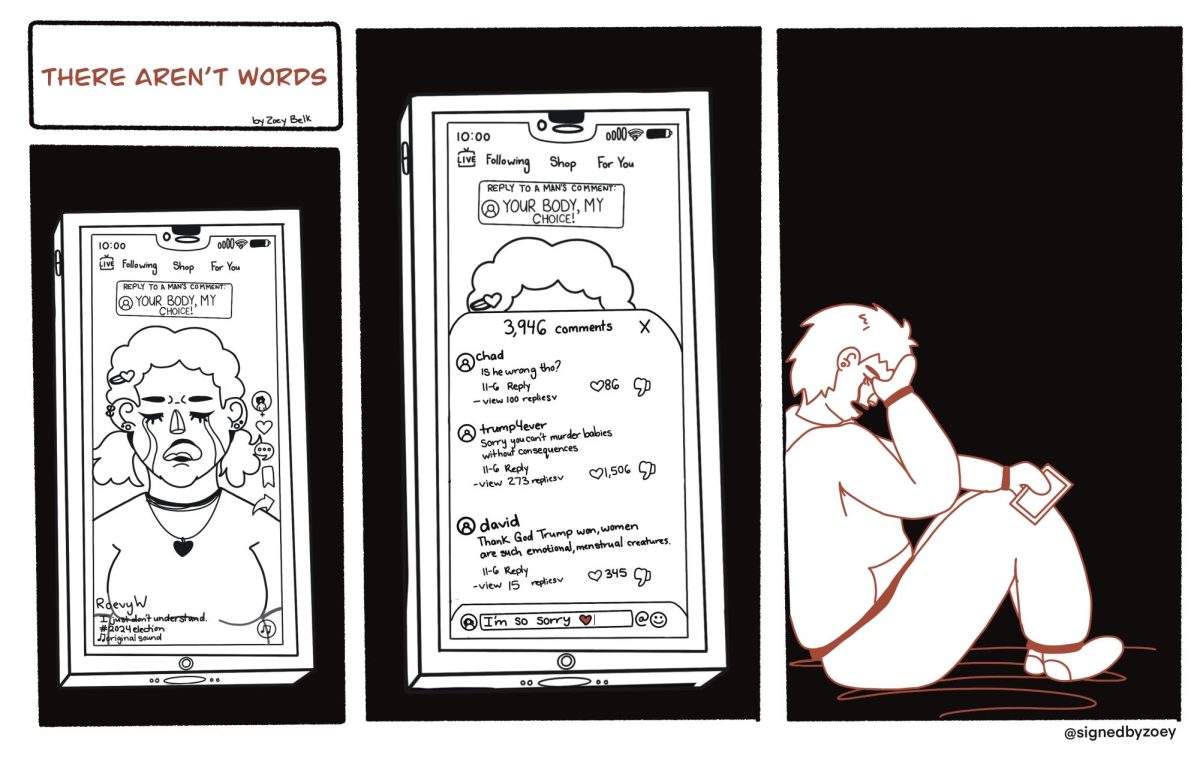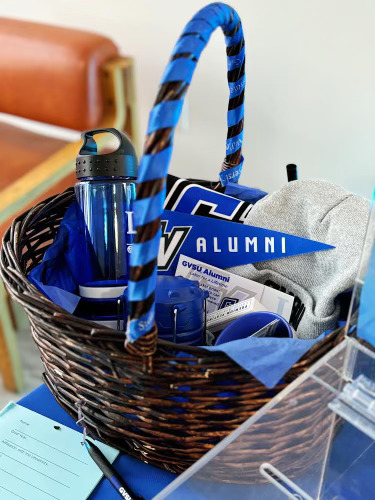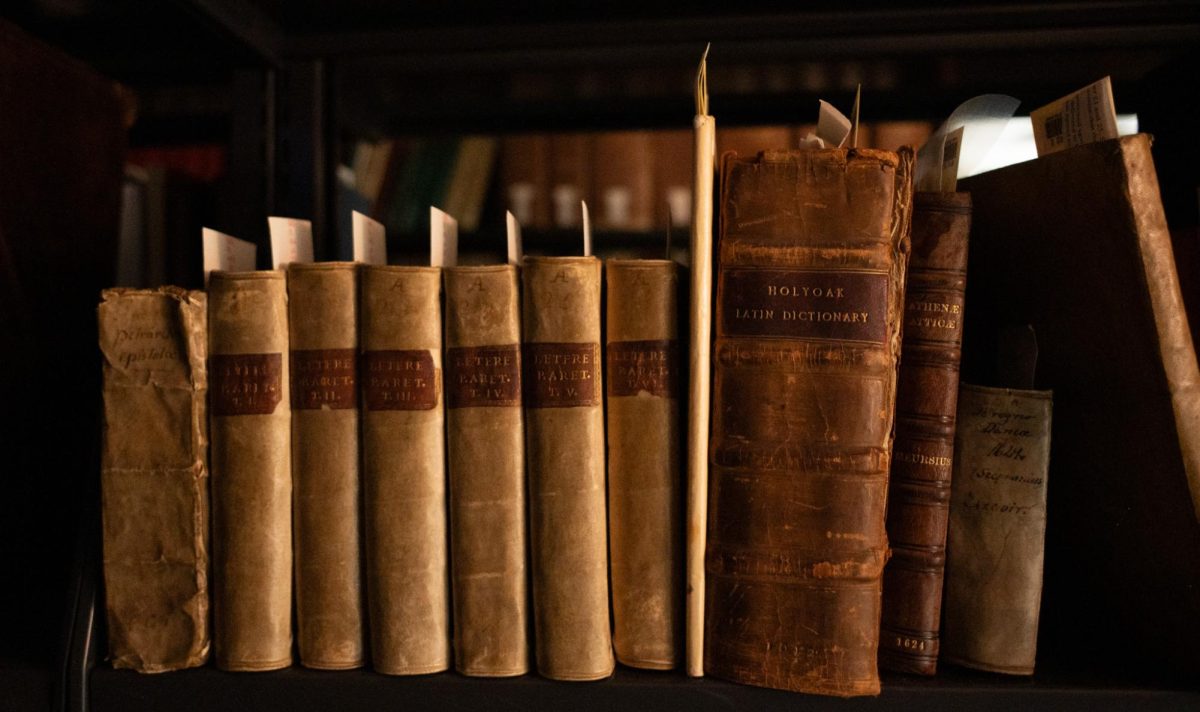GV welcomes Higher Learning Commission, strives to renew accreditation
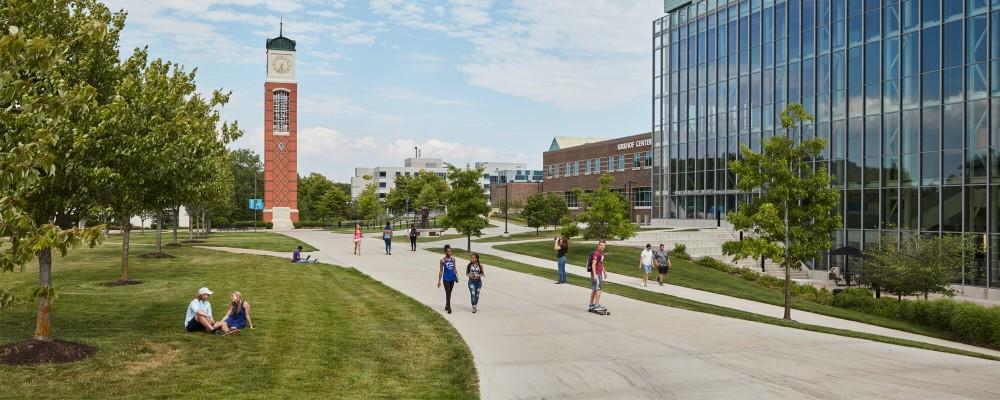
Courtesy / gvsu.edu
Nov 12, 2018
Members of the Higher Learning Commission (HLC) visited the campuses of Grand Valley State University recently in order to reaffirm the university’s accreditation, a process that occurs every ten years. This audit ensures the university is maintaining its commitment in educating the next generation of college students and is preparing them for the workforce.
University accreditation follows a structured process and is integral to maintaining a university’s reputation as a higher learning institution. In order to become accredited, a university must apply for accreditation, then draft a self-evaluation assessment that is then reviewed by the Higher Learning Commission. The HLC then evaluates the university through a comprehensive visit, creating a report illustrating their findings following the visit. This process is integral to a university’s well-being, as a loss of accreditation results in the institution losing state and federal funding, a crippling blow to schools that rely on such funding to operate.
GVSU was first accredited in 1968 and has maintained this for over fifty years. Assistant Vice President of Academic Affairs Chris Plouff said that the self-evaluation assessment requires five criteria to be addressed, and although the language of core components has changed slightly, the major criteria have largely remained the same since 1968.
“Our (assessment) was approximately 130 pages,” Plouff said. “Each of the five criteria has several core components. The five criteria ensure that the institution’s mission is clear and articulated publicly, the institution acts with integrity, and its conduct is ethical and responsible. The institution provides high quality education, wherever and however its offerings are delivered. The institution demonstrates responsibility for the quality of its educational programs, learning environments and support services, and it evaluates their effectiveness for student learning through processes designed to promote continuous improvement.
“The institution’s resources, structures and processes are sufficient to fulfill its mission, improve the quality of its educational offerings, and respond to future challenges and opportunities, (otherwise) the institution plans for the future.”
In many ways, the university’s Assurance Argument describes the current state of education on campus as well as forecasting future demands. The Higher Learning Committee’s job is then to ensure these statements are accurate, which is accomplished through a campus visit.
Assessment Specialist within the Office of the Provost Taylor Boyd said that this was a process that not only involved university leaders, but consults with students and other staff to ensure the university is achieving these goals.
“The HLC visit is a multi-day process in which trained peer reviewers verify the content of what is written in the assurance argument by meeting with faculty, staff and administrators on a college campus,” Boyd said. “Their role is to affirm the evidence provided in the assurance argument is accurate and meets the criterion set forth by the Higher Learning Commission. Often times reviewers visit campus facilities, meet with students, and conduct meetings with various staff and administrators to ensure the university does what it says it’s doing”.
While this process is perhaps overshadowed by other on-campus events, it remains one of the most important in the eyes of the university’s administration. GVSU’s status as a public institution means federal and state funding remains contingent on being in compliance with the criteria outlined by the Higher Learning Commission. The university’s commitment to not only achieving these goals but exceeding them will ensure GVSU’s continued contributions in higher education.















